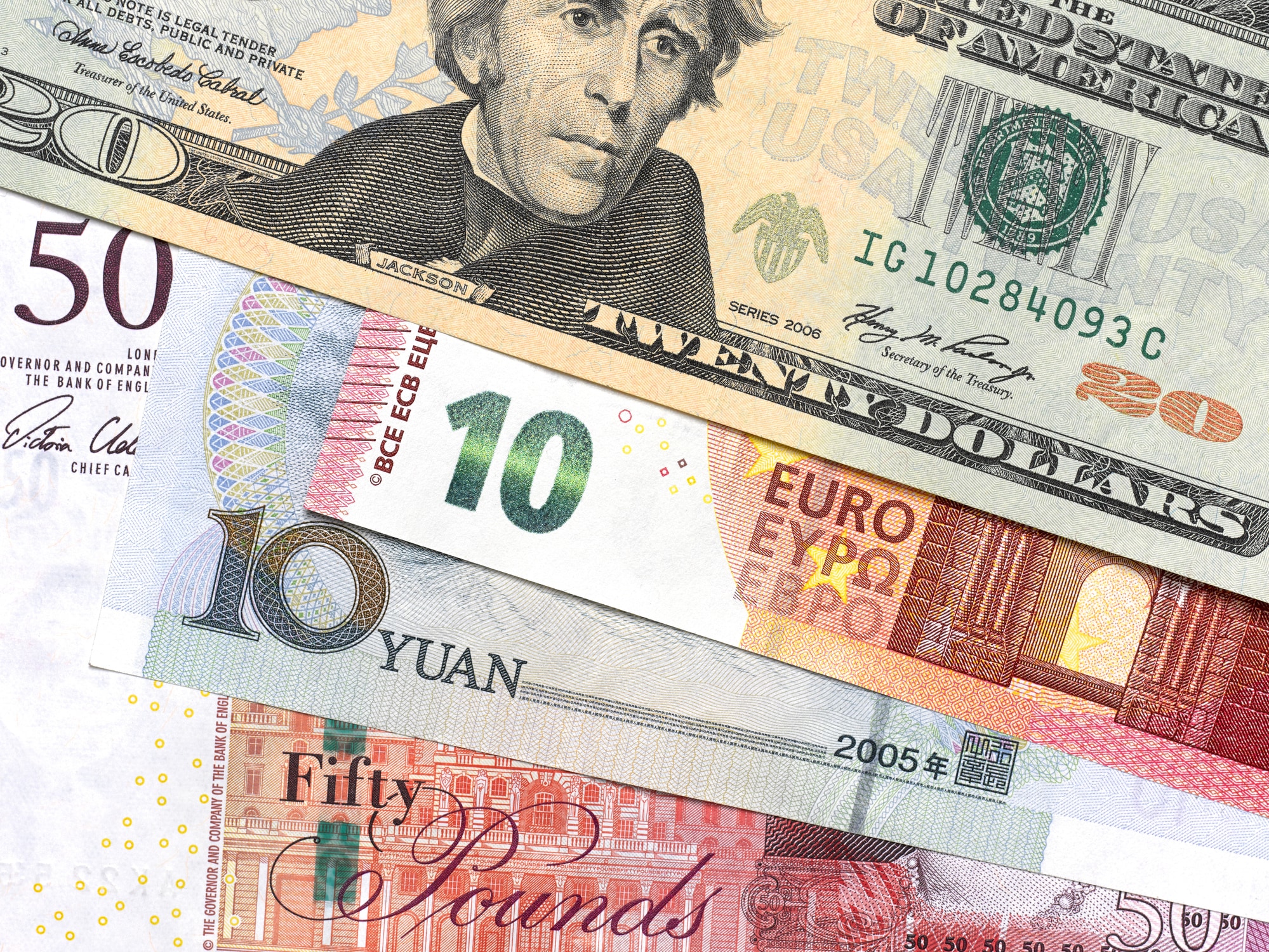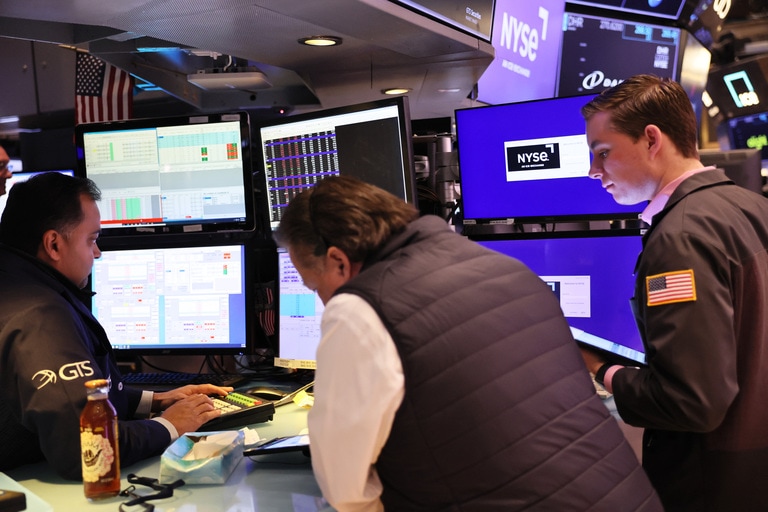The battle against inflation was taken up a notch further today as we saw the Swiss National Bank, Bank of England, and the Norges Bank, follow the Federal Reserve’s lead last night, and raise interest rates, while we also saw intervention from the Bank of Japan in defence of the Japanese yen.
Europe
In the aftermath of last night’s negative US session, European markets opened sharply lower and while they tried to recover off the lows of the day, the continued rise in yields has contrived to keep the pressure on the recent lows, as downward pressure continues to prevail.
The FTSE100 has struggled despite resilience in basic resources and energy, on the back of firmer commodity prices, notably copper as well as oil and gas, with gains for Rio Tinto, Glencore, and BP amongst others. That’s been as good as it gets on the positive side with weakness almost everywhere else.
On the downside JD Sportsshares have slipped sharply after the sports retailer warned that full year profits might fall short of expectations.
H1 revenues showed a decent increase, rising to £4.4bn from £3.88bn, however a rise in capital expenditure, and other costs saw profits before tax fall from £364.6m to £298.3m. Given the uncertain economic outlook, management seemed at pains to play up the probability that supply chain disruptions as well as the economic outlook might cause disruption to trade during H2. Nonetheless, despite these concerns the board left full year guidance on headline profit before tax unchanged.
Aston Martin shares are also on the back foot on renewed concerns that it might have to raise more capital due to its longer-term debt issues. It was only a couple of weeks ago the company completed a £654m rights issue, however a downbeat broker note has added to concern that it may well only serve as a sticking plaster and not resolve its longer-term issues.
US
After the big falls seen yesterday, US markets have continued their softer theme, opening lower even as weekly jobless claims edged higher from 208k to 213k, with rising yields continuing to act as a brake on any rebound.
The Nasdaq 100 has once again been the major laggard, with the rise in yields weighing heavily on this tech heavy index.
On the plus side we’ve seen early gains from the likes of Robinhood Markets and Virtu Financial after the SEC said it would stop short of allowing the banning of payment for order flow, which is a major source of revenue for both.
Olive garden owner Darden Restaurants shares have slipped back after Q1 revenue came in below expectations. Net sales rose 6.1% to $2.45bn, slightly below expectations, while the costs of food, drink and labour costs ate into its profits. Its fine dining segment, Capital Grille outperformed with same store sales of 7.6%, however Olive Garden sales were lower than expected rising 2.3%.
For the full year Darden expects EPS of $7.40 to $8, assuming an annual inflation rate of 6%, and revenues of $10.3bn.
Apple shares are also on the back foot on reports it is scaling back its iPhone 14 production due to low demand and focussing attention on the iPhone 14 Pro where demand seems to be holding up better.
FX
It’s been a busy day on the currency markets with multiple interest rate decisions as well as currency interventions. The day’s worst performer has been the Swiss Franc after the Swiss National bank raised rates by 75bps, to 0.5%, with some disappointment that they didn’t go harder by a full 100bps.
The Japanese yen on the other hand has seen a volatile day after the Bank of Japan jumped into the market for the first time since 1998, selling US dollars in an attempt to slow the decline in its currency.
The yen’s initial fall was exacerbated by the decision by the Bank of Japan to keep its loose policy settings, capping 10-year yields at 0.25% and rates unchanged at -0.1%. This appeared to be taken as a green light for traders to sell the yen, however the Bank of Japan seemed to have other ideas intervening forcefully this time by selling US dollar at around the same 145 level that saw rate checking over a week ago. This appears to be the pain threshold for the Japanese government, as they try to put a short term floor under the currency.
The pound is holding up fairly well despite the Bank of England underdelivering on today’s rate hike, raising rates by 50bps in a surprisingly split 5-4 decision, with 3 members voting for a 75bps move and new member Swati Dhingra voting for 25bps.
The most surprising element in today’s decision was the bizarre spectacle of new MPC member Dhingra voting for a 25bps move, deviating starkly from all her peers on the MPC.
The decision comes across as even stranger when you consider that even without the addition of food and energy, core CPI is still very high, at 6.3%. Today’s divergence of opinions gives the impression of an MPC in disarray, split across the board and not a good look when so many questions are being asked about its competence.
Nonetheless there was welcome news on the inflation front as the central bank downgraded its peak inflation forecast for this year from 13% to 11%, on the back of the recently announced energy price cap.
On the plus side at least, we appear to be getting less groupthink, and that should be welcomed. The Bank of England also said it was looking to start quantitative tightening from the 1st October, which on the margin could also add be helping to add a bit extra to sterling’s resilience today.
Gold prices are currently finding support just above $1,650 an ounce, with the slightly weaker US dollar and the currency intervention by the Bank of Japan acting as a modest drag on the greenback, despite a continued rise in yields.
We’re seeing a modest rebound in crude oil prices today, however the moves are small relative to this week’s price action. We remain close to the lows of this week, with today’s slightly softer US dollar helping to pull prices off the lows from Monday.
Volatility
The big markets story on Wednesday was without doubt the Federal Reserve’s decision to hike interest rates by 75 basis points. Although widely expected and indeed not quite as aggressive a move as a some had suggested, it still caused a degree of volatility. The US tech-heavy NASDAQ index exemplified this, falling 200 points immediately off the back of the news before rallying almost 300 points then finishing the day at session lows. That drove one day vol on the index to 54.12% against 29.39% on the month.
Price action here played out across some true heavyweight stocks during the session, too. Alphabet saw daily vol advance to 100.35% against 49.78% whilst Amazon advanced to 111.15% compared to 60.12% on the month, these being just two examples of blue chips who have been left struggling.
Those inflation concerns and the lure of improved returns on debt instruments seem to be taking a toll on the crypto market. Bitcoin managed to find some early support off the rate news, advancing as high as $19,700 before selling off by around $1,400 towards the end of the day. This drove daily vol to 79.27% against 52.24% for the month, with similar patterns playing out amongst at least some other digital assets, too.
Finally, cable hit fresh lows yesterday in the wake of that news from the Fed along with Putin’s call up of Russian reservists. Talk of parity here is becoming louder but the pair was noted as having been the most volatile on the day. Daily vol printed 16.83% against 11.66% on the month and with concerns of policy divergence between the Fed and Bank of England growing, this could well become a recurring theme.
Disclaimer: CMC Markets is an execution-only service provider. The material (whether or not it states any opinions) is for general information purposes only, and does not take into account your personal circumstances or objectives. Nothing in this material is (or should be considered to be) financial, investment or other advice on which reliance should be placed. No opinion given in the material constitutes a recommendation by CMC Markets or the author that any particular investment, security, transaction or investment strategy is suitable for any specific person. The material has not been prepared in accordance with legal requirements designed to promote the independence of investment research. Although we are not specifically prevented from dealing before providing this material, we do not seek to take advantage of the material prior to its dissemination.







